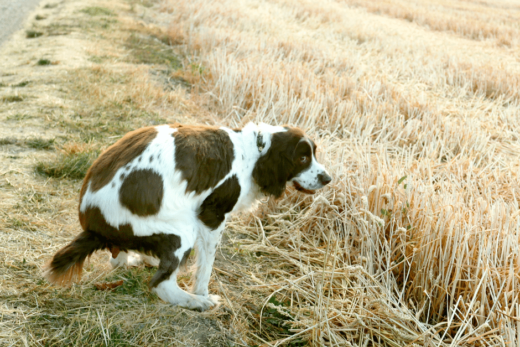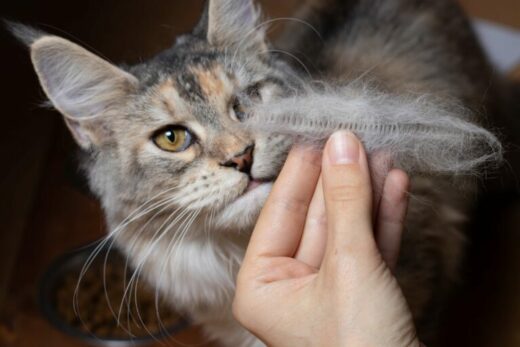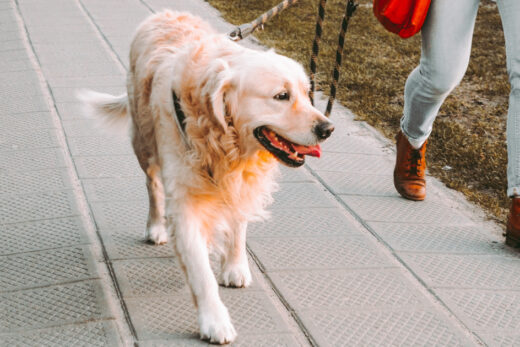Winning the battle against dog shedding takes vigilance and time (and understanding your pooch’s fur can go a long way, too).
Dogs are one of the most beloved and popular pets in the world, and for good reason. They are loyal, friendly, and provide unconditional love and companionship to their owners. However, one aspect of owning a dog that many people struggle with is their shedding.
Dogs can shed a lot, some breeds more than others, and this can cause frustration and annoyance for owners who have to constantly clean up after them. For dogs that shed seasonally, you’ll notice that most dog shedding occurs in the spring and fall.
In the spring, your dog’s coat will become lighter, in preparation for the warm weather. Similarly, in the fall, in preparation for winter, you will see a change in your dog’s hair and a higher incidence of shedding.
In this blog post, we will explore the reasons why dogs actually shed, the different types of shedding, and some tips for managing shedding in your furry friend.
What is dog shedding?

Before we dive into why dogs shed, it’s important to understand what shedding is. Shedding is a natural process where dogs lose old or damaged fur to make way for new hair growth.
Shedding is a normal part of a dog’s natural life cycle though, and it’s not something that can be prevented entirely. However, there are factors that can affect the amount of shedding a dog experiences, and we will explore these later in the post.
Why Does a Dog Shed?
There are several main reasons why dogs do indeed shed, including:
1. Seasonal Changes
Many dog breeds have a natural shedding cycle that is tied to the specific seasons. In the spring, dogs will often shed their thick coat in the winter to make way for a lighter summer coat. In the fall, they will shed their summer coat to grow a thicker winter coat.
This shedding is often more noticeable in double coated breeds with thick undercoats, such as a German Shepherd, Husky, and Alaskan Malamute. The coat type has a lot to do with how much breeds shed.
2. Body Temperature
The primary reason why dogs shed their fur is to regulate their body temperature. Dogs have a double coat, consisting of an outer and undercoat. The undercoat is usually softer and thicker and serves as insulation during cold weather. The top coat, on the other hand, is coarser and helps to repel water and protect the dog’s skin from the sun.
Dogs shed their fur to adjust to changes in temperature. For example, when the weather gets warmer, dogs will shed their thick winter coat to prepare for the warmer months. Shedding helps to regulate a dog’s body temperature, keeping them cool during the hot summer months.
3. Hormonal changes
Hormonal changes can also affect how much a dog sheds. Female dogs will often shed more during their heat cycle, and both male and female dogs will shed more when they are stressed or anxious.
4. Nutrition
A dog’s diet can also affect how much they shed. If a dog is not getting enough of the right nutrients, their coat may become dull and dry, which can lead to excessive shedding. Feeding your dog a high-quality diet that is rich in protein, healthy fats, and vitamins can help keep their coat healthy and reduce shedding.





